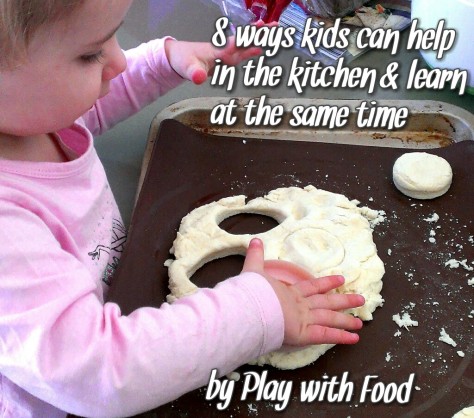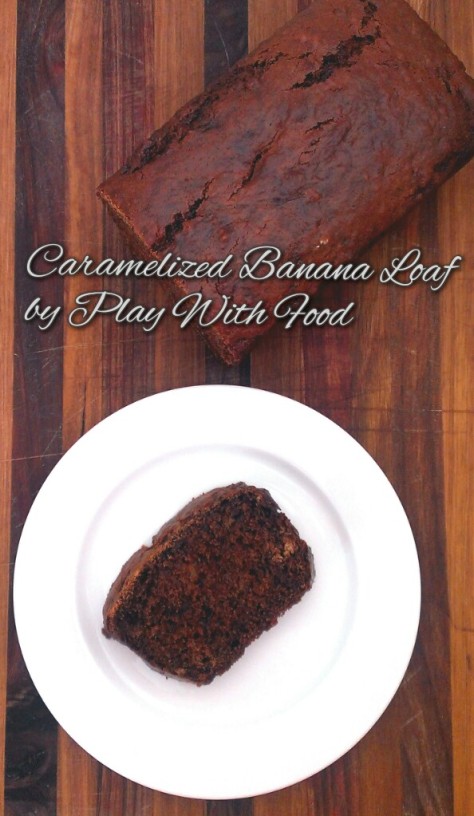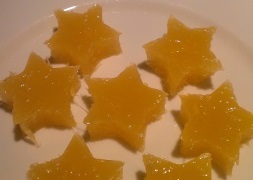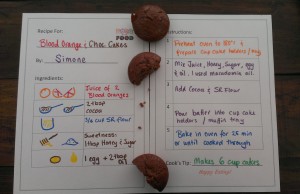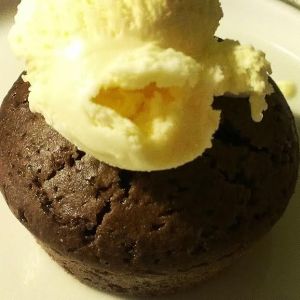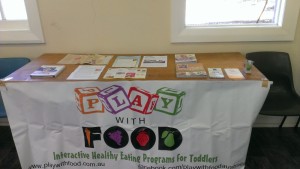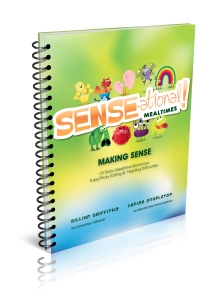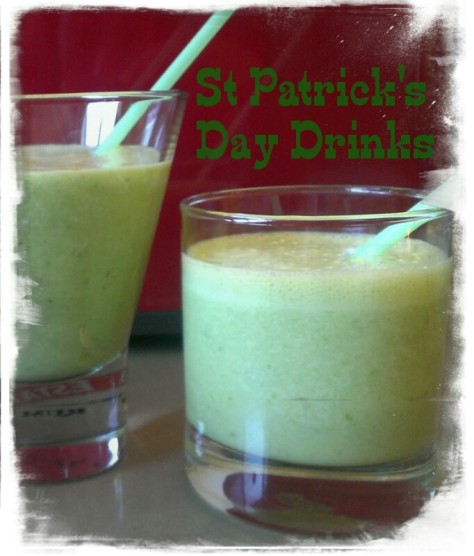This recipe is so easy to whip together that my toddler could do it. In fact – she did! Warning: the baking time is long at 2.5hrs – but the deep caramelized flavour is worth it.
Getting kids in the kitchen is a great way to increase their exposures to foods, learn language skills, practice fine & gross motor skills as well as keeping them busy (and hopefully out of mess creating mischief). Fussy eaters get so many benefits from increased food exposures, including those away from mealtimes – read more here!
8 ways kids can help in the kitchen & learn at the same time:
1) Measuring and tipping ingredients into the bowl helps with motor planning & learning about volume.
2) Mixing ingredients in the bowl is great for learning to control the speed of the spoon.
3) Threading wooden skewers is great for fine motor skills.
4) Mashing softened fruits or vegetables with a fork is great to learn about changing textures.
5) Cracking eggs into a separate bowl for more motor planning experiences.
**hot tip: use other bits of shell to scoop out shell that accidentally goes into your eggs.**
6) Hand over hand grating is great for sensory exposure – let them feel the fruit or vegetable as well as the vibration of the grater safely by controlling and holding their hand in yours away from the blades.
7) Practice counting and numbers by setting timers or helping to use scales.
8) Using cutters to make and learn shapes in dough, bread, fruits, vegetables and pancakes
Caramelized Banana Loaf
Ingredients:
3 ripe bananas
1/2 cup sugar
1/4 cup honey
2 eggs
3 tsp bicarb soda
1/4 cup macadamia nut oil (or other oil / butter of your choice)
1 1/3 cups flour (you can use a combination of wholemeal and plain white flour for this)
1/3 cup natural yoghurt (for dairy free opt for 1/2 cup almond milk instead)
Method (steps that kids can do are put in italics):
- Line a loaf tin with foil (shiny surface facing inwards)
- Preheat the oven to 130oC
- Measure out the following ingredients into little bowls; bicarb soda, flour, natural yoghurt, oil, honey and sugar. You can also crack the eggs into separate bowl, check for shell & lightly whisk. This step is optional depending on your child’s involvement and skill set.
- Mash the bananas in a large mixing bowl with a fork – I like to use a plastic bowl with a non-slip bottom to assist my toddler with her tasks. Having a bowl that slips and slides is frustrating and difficult to process for the little chefs.
- Add the bicarb soda, sugar and honey to the bananas and mix.
- Mix in the following ingredients in this order:
Eggs
Macadamia Nut Oil
Flour
Natural Yoghurt - Pour the batter into the loaf tin
- Put it in the oven for 2.5 hours or until it is cooked through (ie a skewer or knife comes out clean)
This recipe is suitable for freezing by wrapping individual slices in cling film. Take them straight from the freezer and put them into the lunchbox.
Do you have a tip for safely including your kids in the kitchen?
In our Sydney based workshops and classes for toddlers, preschoolers and early primary schoolers, I love to answer parents’ questions about engaging their children in activities with food. Do you have any questions? If you want to know when our classes are on – have a look here!
Happy Eating!
Simone
